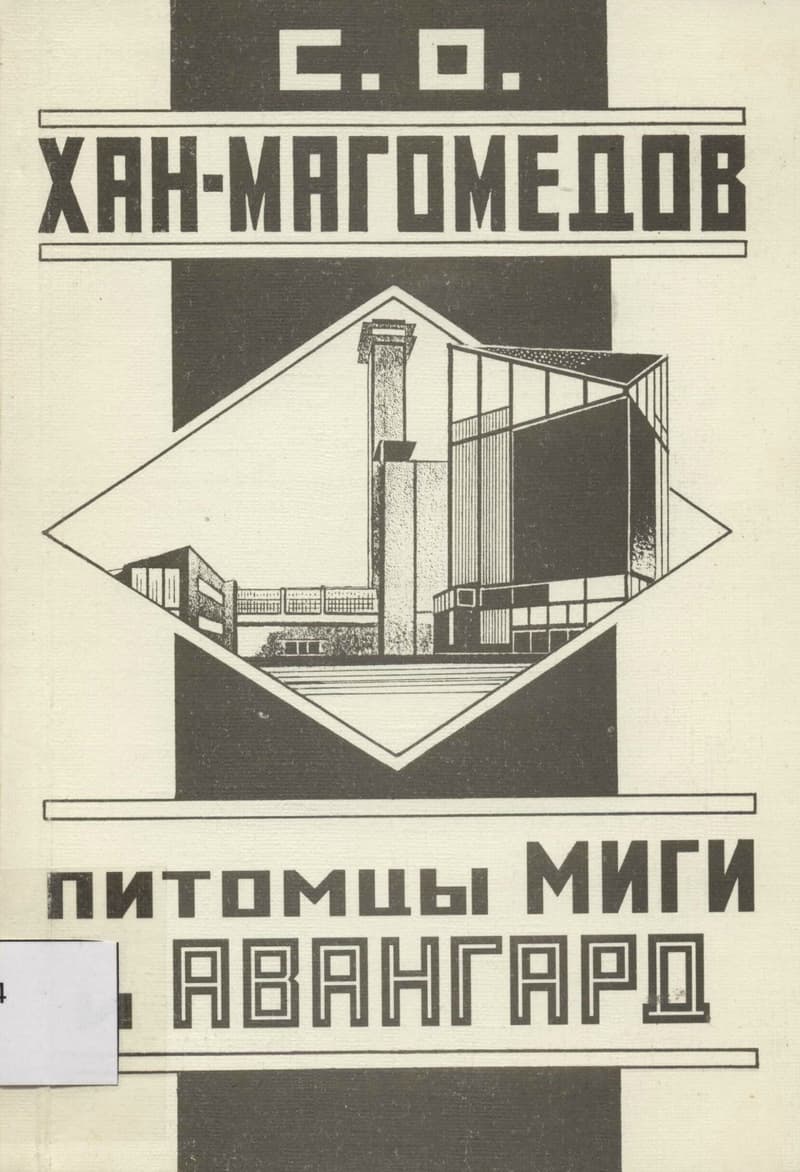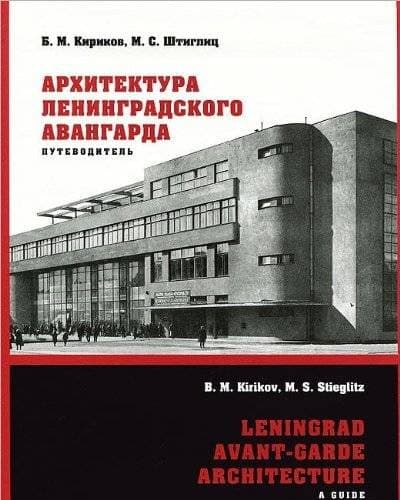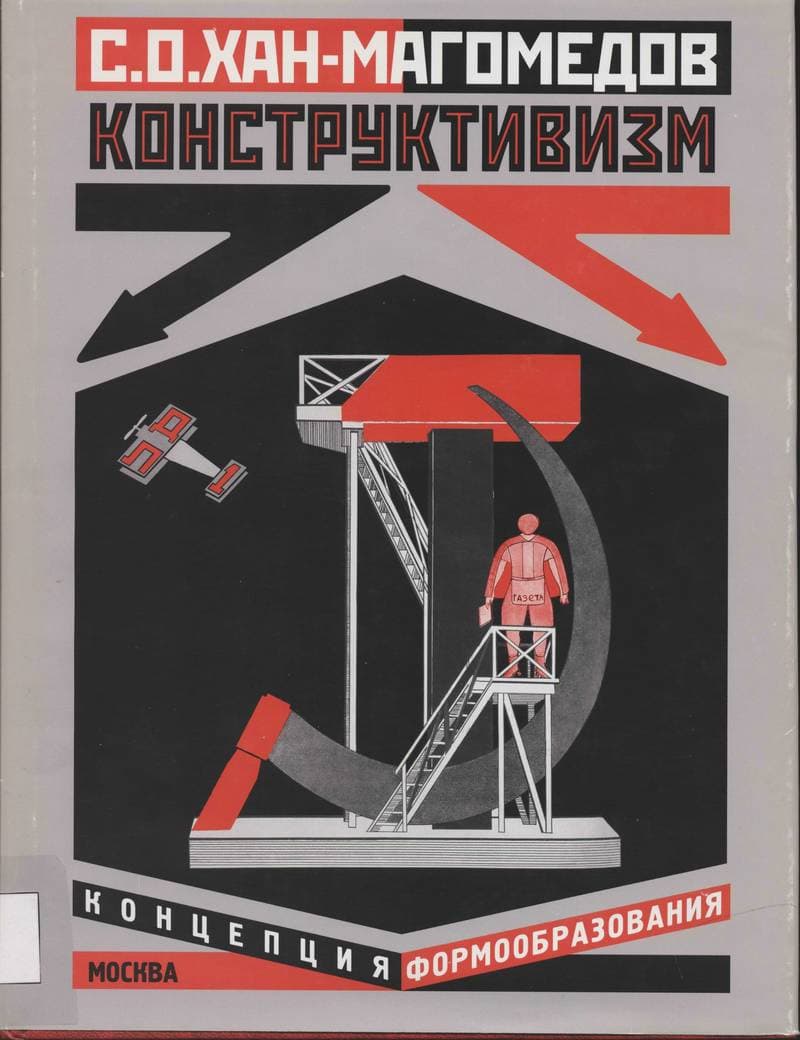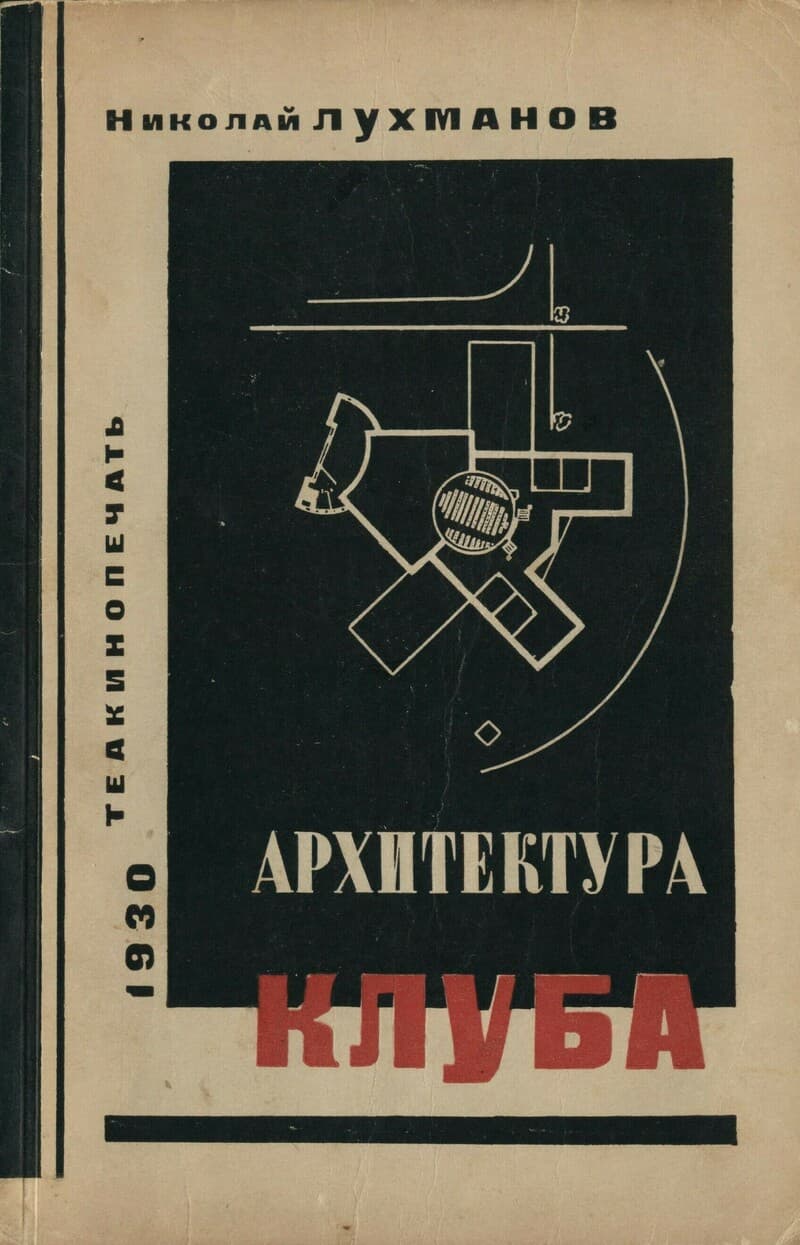An Archaeology of Socialism
This highly original case study, which adopts a material culture perspective, is unprecedented in social and cultural histories of the Soviet period and provides a unique window on social relations. The author demonstrates how Moisei Ginzburg's Constructivist masterpiece, the Narkomfin Communal House, employed classic Marxist understandings of material culture in an effort to overturn capitalist and patriarchal social structures. Through the edifying effects of architectural forms, Ginzburg attempted to induce socialist and feminist‑inspired social and gender relations. The author shows how, for the inhabitants, these principles manifested themselves, from taste to hygiene to gender roles, and how individuals variously appropriated architectural space and material culture to cope with the conditions of daily life, from the utopianism of the First Five Year Plan and Stalin's purges to the collapse of the Soviet Union.This book makes a major contribution to: the history of socialism in the Soviet Union and, more generally, Eastern Europe; material culture studies; architectural history; archaeology and social anthropology.
Данные книги
Антропология, Архитектура, Гендерные исследования, Конструктивизм, Марксизм, Перестройка, Революция, Советский модернизм, Социализм, Сталинизм, Философия
Гинзбург Моисей, Бурдьё Пьер, Батлер Джудит, Деррида Жак, Фуко Мишель, Маркс Карл, Энгельс Фридрих, Хрущёв Никита, Сталин Иосиф
Оксфорд
1999
244 страницы
9781859732120
Доступ по запросу
Да
Да
720.94 Buc
1
- Стиль и эпоха. Проблемы современной архитектуры2018
- Питомцы МИГИ и Авангард. Первые выпуски молодых сторонников архитектурного авангарда. МПИ‑МИГИ (1920–1924 гг.). Выпуск 61997
- Юго-Леф и конструктивизм2000
- Ежегодник МАО № 51928
- Архитектура Ленинградского авангарда. Путеводитель2012
- Конструктивизм — концепция формообразования2003
- Архитектура Юга России эпохи авангарда2016
- Архитектура мавзолея Ленина1950
- Style and Epoch: Issues in Modern Architecture2019
- Архитектура клуба1930
- История советской архитектуры. 1917–19581962
- Потерянный авангард. Русская модернистская архитектура 1922–19322007












